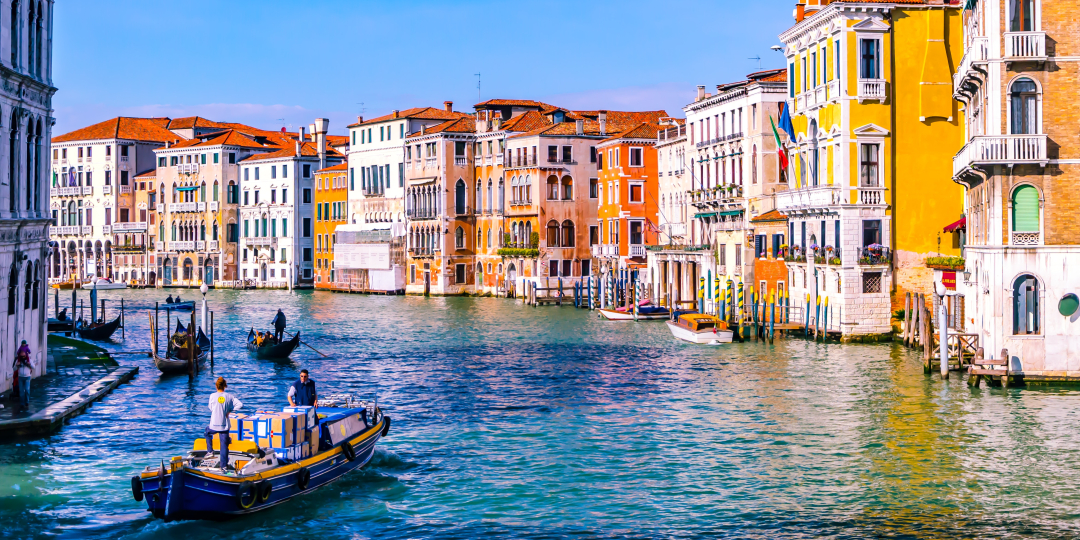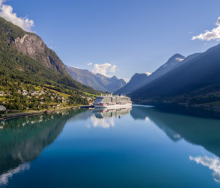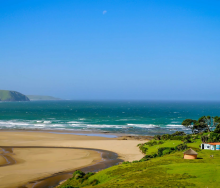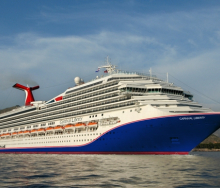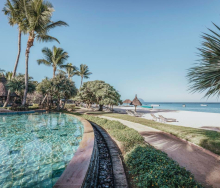Venice has taken the decision to limit the size of tour groups and will take other measures to mitigate the impact of tourism, both on the city’s physical structure and on and those who live there.
Venice sees millions of tourists each year but many are day visitors and cruise ship passengers, which means they carry limited financial value to the city.
The Venice tourism authority has said the new measures are part of a body of interventions aimed at better managing tourism in the city. One of the aims of the interventions is to balance the needs of city-dwellers and visitors.
Tour groups are to be capped at 25 people, which is about half the number of passengers on a standard tour bus. The city will also ban tour guides’ loudhailers and non-certified guides will not be welcome.
Set to take effect on June 1, the new rules will apply to both the historic centre of Venice as well as the islands of Murano, Burano and Torcello.
Venice’s old city is a World Heritage Site, and Unesco says tourism pressure is one of the factors transforming the city and its lagoon. In 2023, Unesco saw Venice and its lagoon as serious enough to recommend they be added to the World Heritage List of Endangered Sites, but Venice objected and they were not. Venice was then obliged to take more measures to preserve them.
From April 25, Venice will trial a €5 (R103) admission fee for day-trippers on certain days only, the aim being to discourage tourists in peak periods.
Large cruise ships are already prohibited from entering the lagoon.
The canals are a major tourist attraction – the surrounding historic buildings are eminently instagrammable. But some of those buildings have sunk more than 15cm over the past 100 years, and in 2019 a flood that inundated more than 85% of the city was widely blamed on climate change.
Visitors who are staying over in hotels within the municipal area are not required to pay the fee.
Italians commonly complain that overtourism has made it prohibitively expensive and unpleasant for them to visit Venice to enjoy its cultural treasures.
